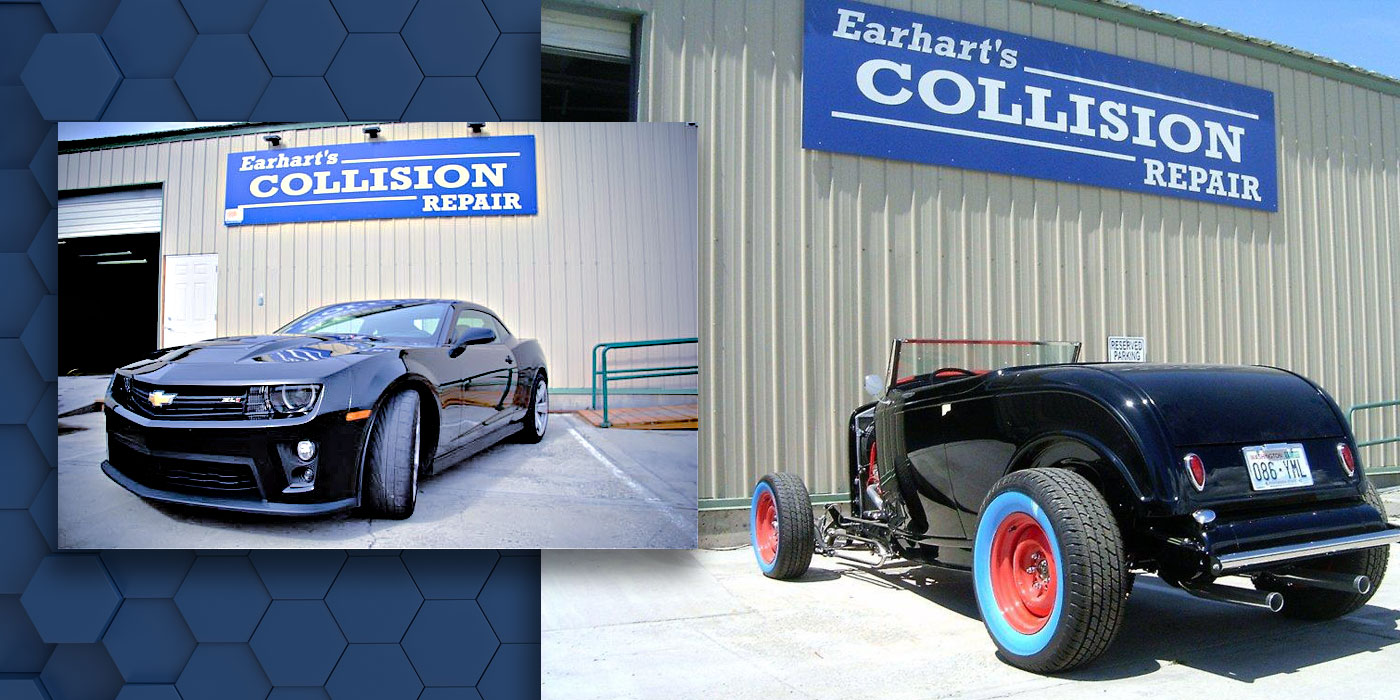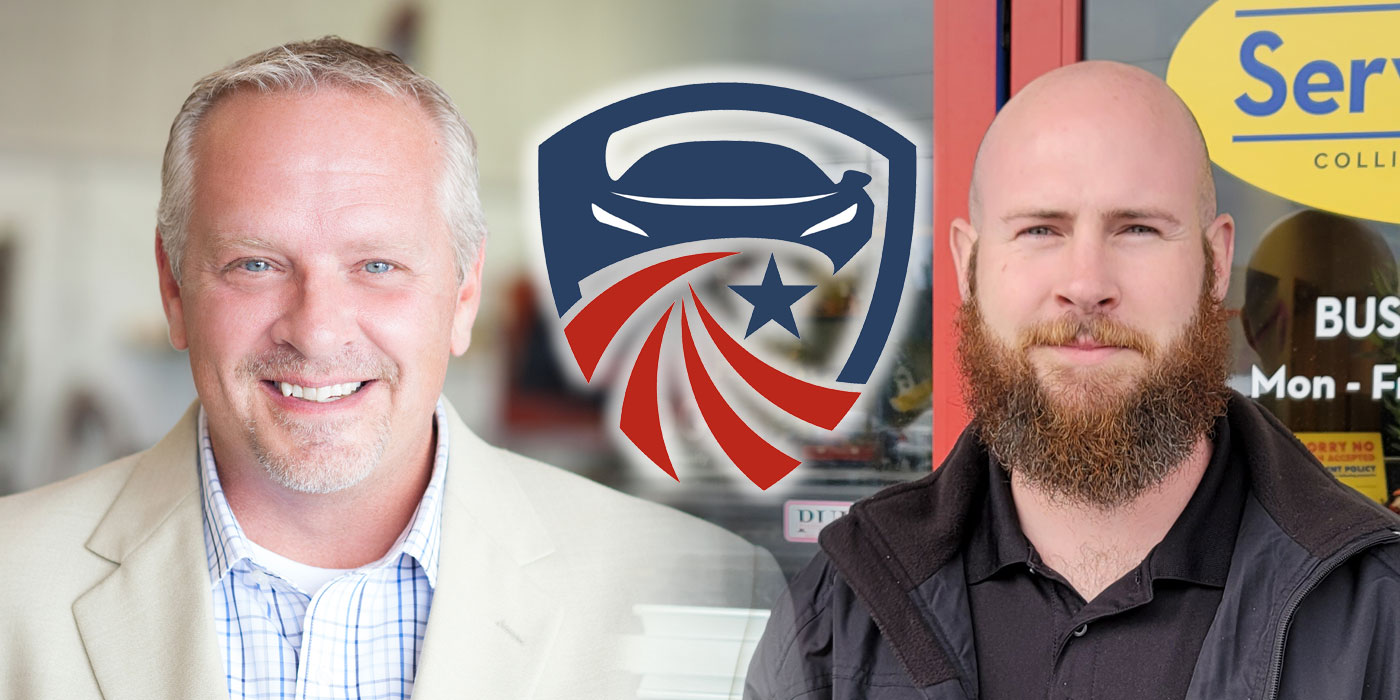We have three vehicle damage appraisers and are thinking of switching
to a commission system to pay them. Do you have any advice on how to
implement that? And what is the going rate for completed and repaired
vehicles? Also, do you know if this system causes customer service to
take a hit? We want to know if any shops have had problems with
estimators (who see the job all the way through) trying to cut the
process.
Moving estimators to a commission pay plan makes
good sense for a collision repair facility. There is not a “standard”
commission structure. Generally, commission estimators are paid a
percentage of their total sales or a percentage of their gross profit. Other pay plans are available, such as payment of a commission on only
parts and labor sales, graduated commission scales or a salary plus
commission pay plan. Also, a “CSI component” may be included in any pay plan.
Let’s
assume you have three estimators who each sell $100,000 per month at a
40 percent gross profit. Total sales would be $300,000 per month, or $3.6 million
annually with a gross profit of $120,000 per month or $1.4 million
annually. Let’s also assume that the estimators are being paid an
annual salary of $60,000, or $5,000 per month.
Moving to a
commission system, you generally do not want to reduce pay. Using the
numbers above, with estimators currently earning $5,000 on $100,000 of
sales, a 5 percent commission on total sales would maintain the current pay
with the added incentive to earn more by increasing sales. You could
use the same math to come up with a commission on gross profit.
Warnings: Pay commission only on closed ROs with insurance-approved
supplements. This avoids the issue of having to “take back” commissions
paid on supplements that are not paid in full by the insurer. Rushing
at the last day of the pay period to close ROs on non-delivered work
can be an issue. Adopt the rule that the RO cannot be closed until the
customer has accepted the repaired vehicle. Be sure that your system
conforms to your state labor laws, particularly with respect to minimum
wage and overtime.
Salary plus commission is an alternative and a
good way to move to commission. Let’s use our sample numbers of a $5,000
salary on $100,000 in sales. You could set a base salary of $3,000 per
month and pay 2 percent commission on total sales. The pay will still be
$5,000 per month with the incentive to increase sales to improve
compensation.
Let’s say you want to improve estimate accuracy,
maintain CSI and move toward a commission pay plan. Perhaps a base plus
commission plus incentive plan would work? Base pay of $3,000 per month plus
2 percent of parts and labor sales. Also, 2 percent of paint and materials will be added
when paint and materials is greater than 10 percent of total sales. Plus, a CSI component of $500
per month will be paid if the overall CSI is 97.5 percent.
A “graduated” plan pays an increasing percentage based on sales. An estimator may make 5 percent of sales up to $110,000, but can earn 6 percent on sales above $110,000.
Work
with your CPA or controller to arrive at a plan that will provide an
incentive to improve sales, maintain profitability…and remain legal! Avoid trust issues by keeping the plan simple and easy for all to
understand.













